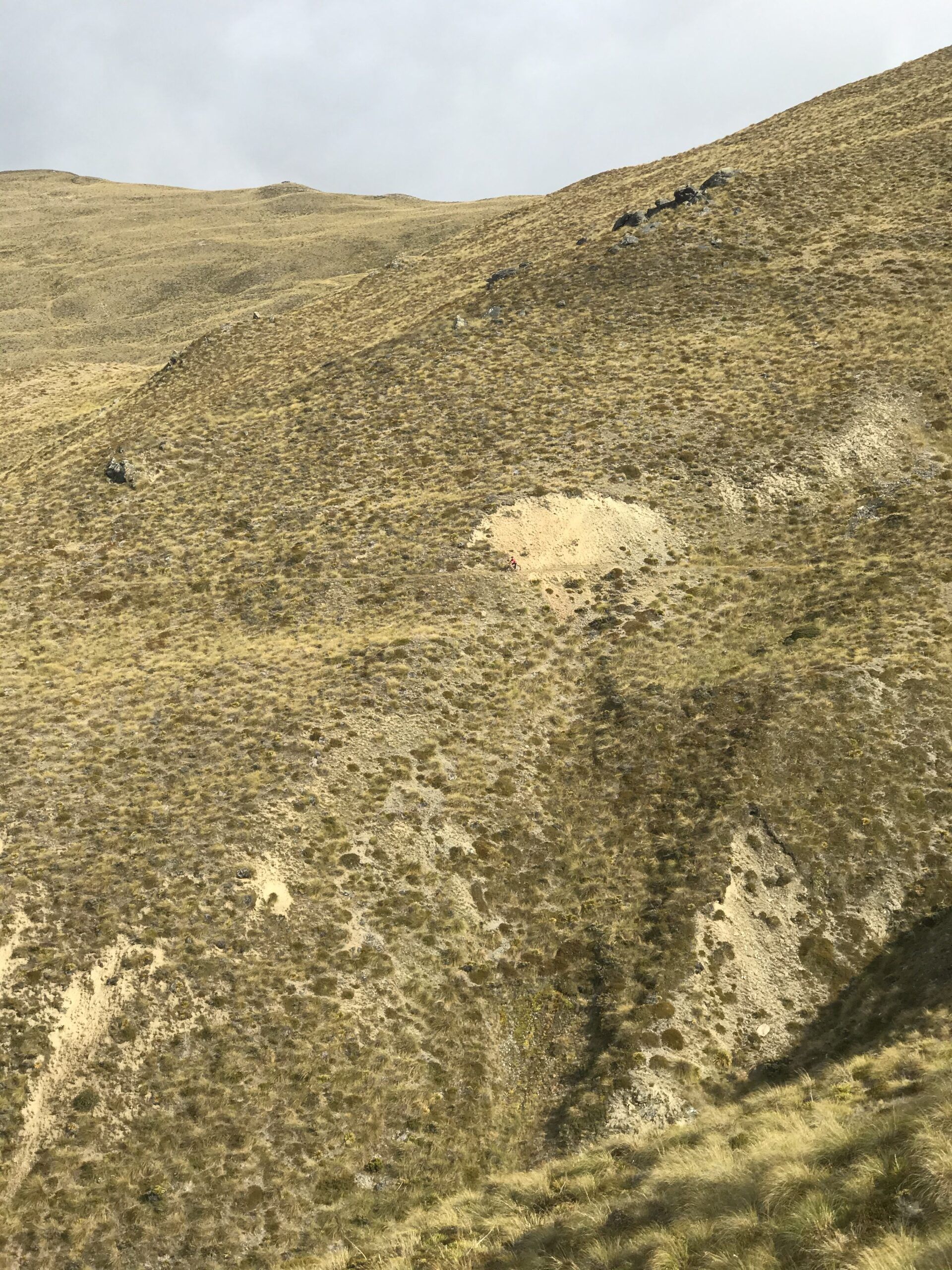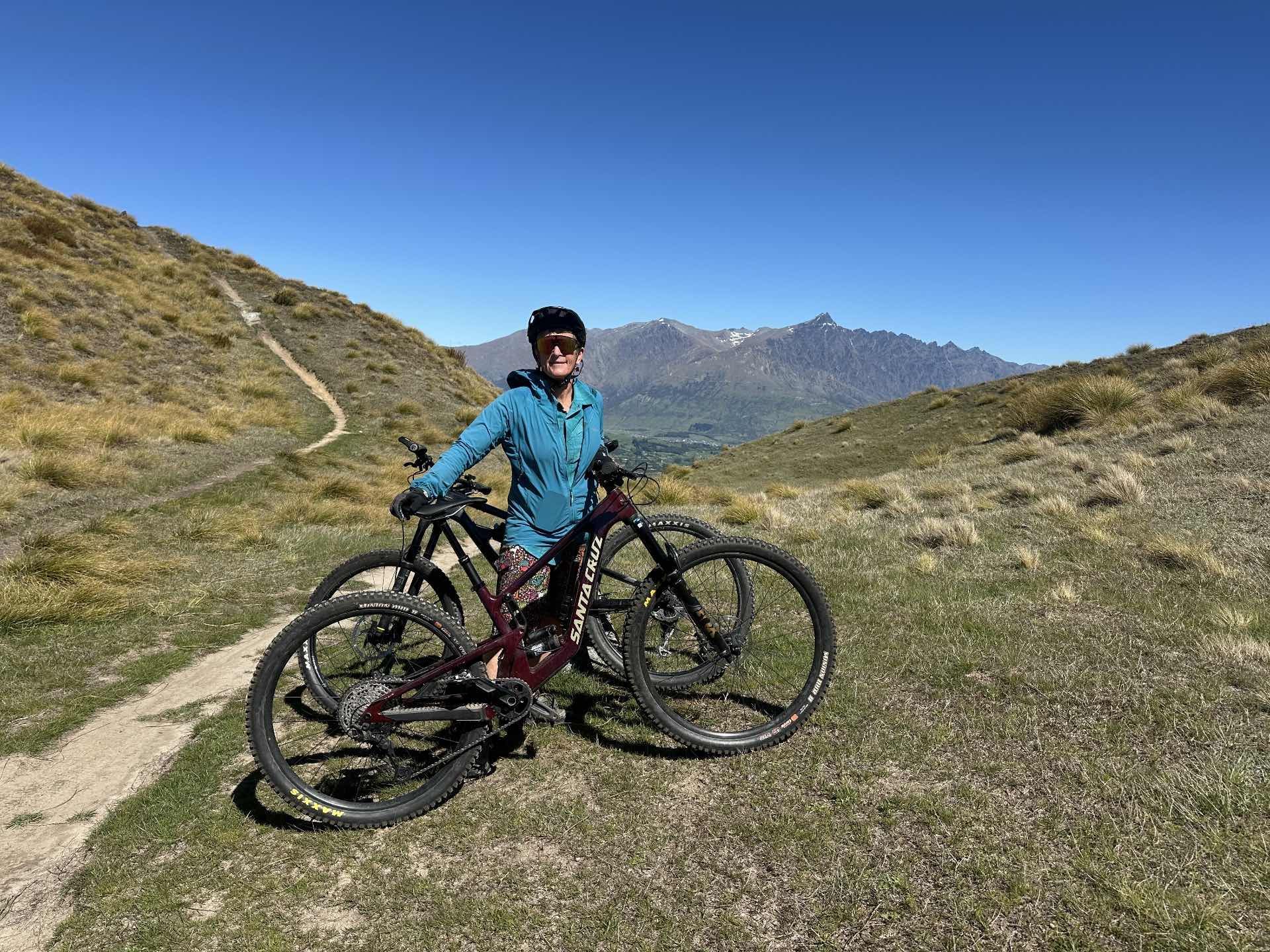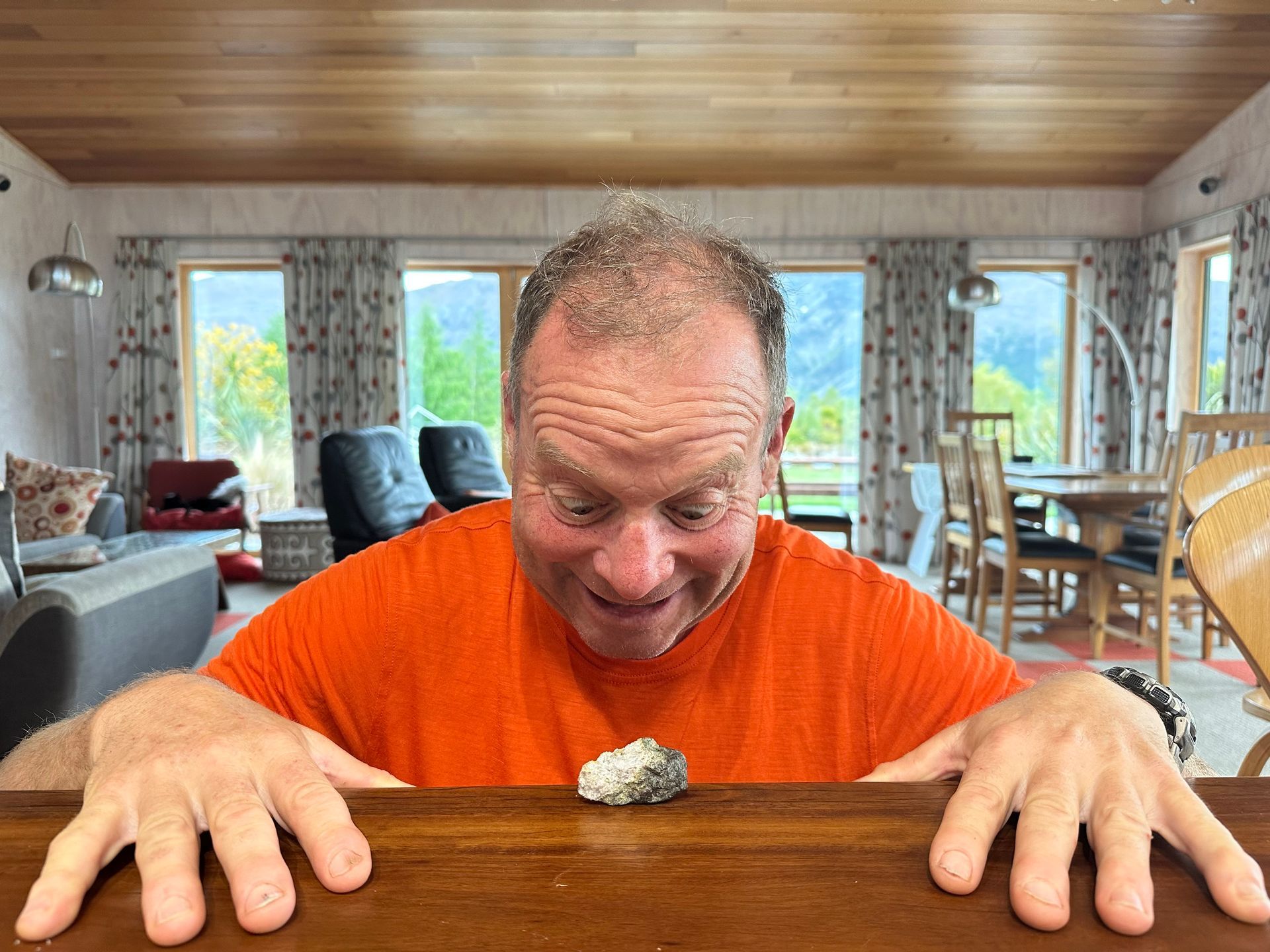Human Endeavour

I alternate between being hugely impressed by the scale of human endeavour and terminally frustrated by human failings. We cycled into the back country behind where we live in Gibbston to have a night away from connectivity. Two hours of cycling and nearly another two hours of walking got us to this little hut, in which a raceman once lived. A raceman was not a very fast person, he (and it most likely was a he in times of sex segregated roles in New Zealand) maintained the water race which traverses the slope just above the hut.

The Welshmen’s Water Race takes water from Doolans Creek, in which the hut is situated, to Coal Pit Saddle where it was used in unsuccessful gold mining operations. They were probably a lot more successful in their mining of the coal that outcrops at 1000m elevation near the saddle, used to fuel their gold mining endeavours. The water race then continues across the face of Mt Rosa to Antimony Saddle – I wonder if it was also used in the antimony mining efforts (antimony yields tin); there is little on the web one can find about Gibbston mining altogether.

The Welshmen’s Water Race is one of many water races built in incredibly difficult country around the Wakatipu Basin. There are parts of it lined with rock, and other parts cut into the rock. The scale of effort to create the water races was quite incredible, and most New Zealanders today would not be physically up to the task. Water races were not the end goal, the end goal was the gold, and the miners were so hugely motivated by its lure that they achieved quite amazing physical feats.
In the same way, the development of vaccines for COVID-19 has been a quite incredible demonstration of the power of human endeavour, particularly when there is a very focused task to be undertaken. Humans are wonderful at achieving great things when set a task, as opposed to when challenges are more diffuse or apparently less immediate. With an immediate challenge we can categorise the effort as a war or an emergency and divert massive resources into the fight. We will work physically hard, all hours, inveigling many to join the push, until we reach some end point at which the concentrated energy diffuses. One could consider this to be a triumph of leadership and, in some cases, it is, but the gold rushes were not about leaders, they were about human hope and human effort and much resultant human disappointment.
The New Zealand government declared a climate emergency this week, with the stated intent of incentivising action. I am a little sceptical of whether a long running ’emergency’ will be treated as an emergency, and will result in amassing of effort in a similar way to the development of COVID-19 vaccines. Vaccines are ‘easy’, in one sense, as is gold mining. One finds gold, or not, and if you are of a more entrepreneurial bent you supply food and alcohol to the miners and make your money that way.
Many vaccines are making their way through the regulatory paths, with three recently seeking emergency approvals for use in the western world – this seems more like an appropriate use of the word ’emergency’. These three are Moderna – expected to be approved in the USA in mid December, Pfizer-BioNtech – now approved in the UK, Oxford University/AstraZeneca – applications underway. There are already at least five other vaccines which got much earlier approval for emergency use – Chinese vaccines from Sinopharm (two), Sinovac , CanSino Biologics and the Russian Sputnik V ; this is an interesting divide between the early applicants of which there has been relatively little news in New Zealand, and those from countries whose systems we ‘recognise’. In regard to vaccines and emergencies, there is the long and less interesting road of roll-out yet to come, with upscaling of manufacturing and systems required for administration en masse. At some point, there will be enough vaccines available that the human urgency (and the potential for profits) will decrease and the focused effort will die off.
With a climate emergency, there won’t be celebratory vaccinating of vulnerable populations as a result of action, or the find of a gold nugget. The best one can hope for is as diminution of the negative effects of global warming, which will be very hard indeed to celebrate because we will never experience the counterfactual scenario, where a different level of warming occurs. Not to mention, we have to wait a decade to claim any success at all. One can feel cynical, and think of the entrepreneurs who will make their money from trading carbon credits, or trading stocks based predicting climate change impacts and thus likely rises and falls of products and companies, without them having any significant positive impacts on the planet. However, how do you keep people focused on a large, diffuse and existential problem? I would have to say I have no idea, because people’s attention just doesn’t seem to focus long term on anything much, except perhaps their children. Given that increasing population is a part of the climate change and wide environmental problems, using children as a means to focus attention is probably not well advised.
I do ponder on what gives people that internal energy to strive, in so many different ways, or so many different things, taking us from the trees to the savannah to high rises over a much shorter period of time than that in which the dinosaurs reigned. There were dinosaurs for about 100 million years, primitive primates evolved about 55 million years ago, less than 2 million years ago Homo erectus was walking upright and 150 years ago we built the first sky scrapers. Our impact on the planet is just as phenomenal as our perceived achievements. This returns me to my thoughts of human failings – one of our greatest mistakes remains thinking ourselves separate from the planet on which we live, or separate from ‘nature’ in which we exist, where we simply are part of the integrated whole in which we live, or will cease to live. As with individuals, our species’ strengths and our weaknesses will remain inextricably interlinked.






